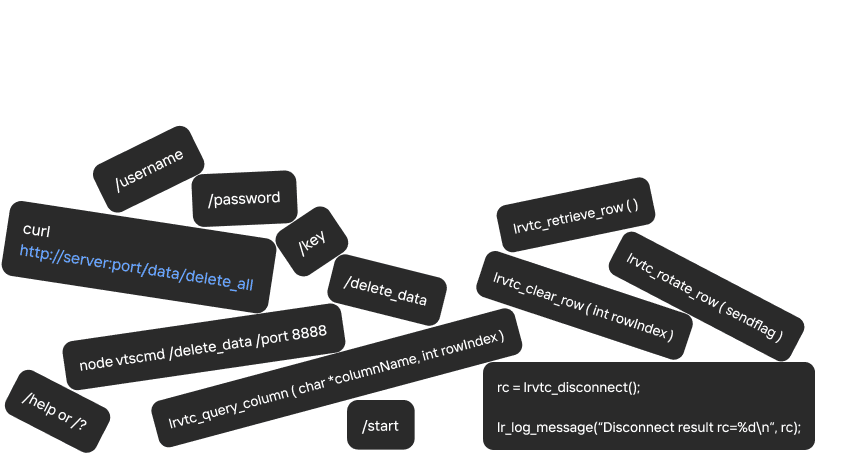
PFLB Rated Number One in Goodfirms
We are happy to share great news: PFLB was rated number one in Goodfirms rating among Software Performance Testing companies. The rating is based on reviews and evaluation by members of international IT and business society. We are the first among Load testers, too!

Contact Сenter and IVR Performance Testing
Modern contact centers are often complex systems that involve close interaction between IVR, customer relation management (CRM), and many other services. Therefore, besides testing the performance of IVR itself and telephone communication channels, PFLB offers comprehensive testing services that allow you to evaluate the performance of both overall and individual services and to identify the influence of system components on each other.

Performance Testing of Blue Prism Intelligent Robotic Process Automation for Banking
The client is the biggest bank in Europe, with 98 million individual clients, 2.7 million corporate clients, and 278,000 employees. Although they had been using Blue Prism RPA for a while, they decided to perform the first ever load/performance testing of their software, so it was all new to them. PFLB played the guiding part, making the client aware of all the details of load testing and running the service. After the project, the client’s business indicators increased notably, so they returned to us with another service request.

How We Automated Performance Testing for an ATM Control System
It is often impossible to provide high-quality performance testing for a complex system without automation. Today, we would like to share our experience of carrying out such a task for the largest government-owned bank, which has a chain of over 190 thousand ATMs. For our client, performance automation helped organize all systems in a strong and effective network.

FIS Profile Banking System Load Testing
Our client, a large state-owned bank, pays special attention to the stability of the FIS Profile system which serves more than 65 million customers, 55 million contracts, 9 million loan agreements, and 45 million cards. PFLB conducts banking application testing for each of the system releases. On average, a release contains about ten changes to the functionality of the system, each of which requires detailed elaboration and specific testing.

Banking System Load Testing for Payroll Card Programs
Our client is one of the largest commercial banks, with European offices and state participation. The bank had a goal to minimize performance and resiliency risks in IT infrastructure and salary program systems, such as possible disruptions in payroll card services, payroll accounting delays, and system failures during registry processing.
PFLB provided performance testing of payroll systems. The testing challenge was to understand the structure of component interaction given a variety of registry types and a large status model.

How to Speed up JMeter. Part 2
We continue our series of articles about optimizing the popular load testing service JMeter. In the previous article, we highlighted the possibilities of significantly speeding up JMeter by configuring agent monitoring and optimizing components and service settings. In this part of the Apache JMeter load testing tutorial, we…

How to Speed up JMeter. Part 1
Apache JMeter load testing doesn’t need to be advertised; nonetheless, not enough attention is paid to the load script speed. In this article, we take a look at different approaches to writing load scripts in an optimal way that allows saving money on the load testing machines. This…

JMeter. Changing intensity with Constant Throughput Timer
JMeter is a highly extensible, open-source platform that can help identify performance issues in your application. It is among the most popular tools for performance testing. You can read more about difference between PFLB, LoadRunner and JMeter. So in JMeter, it is no longer possible to change the intensity, the number of threads and the […]

Virtual Table Server
I think that many readers are actively using LoadRunner. So, I’ve got a question: where do you take the test data from? The first option is to parametrize everything and save the dataset in .dat-files. It’s a good solution, but what if there are many scripts with common parameters in the use case? The second […]